Leica Q2 Review
Leica Q2 Review
A brilliant, unique full-frame compact camera
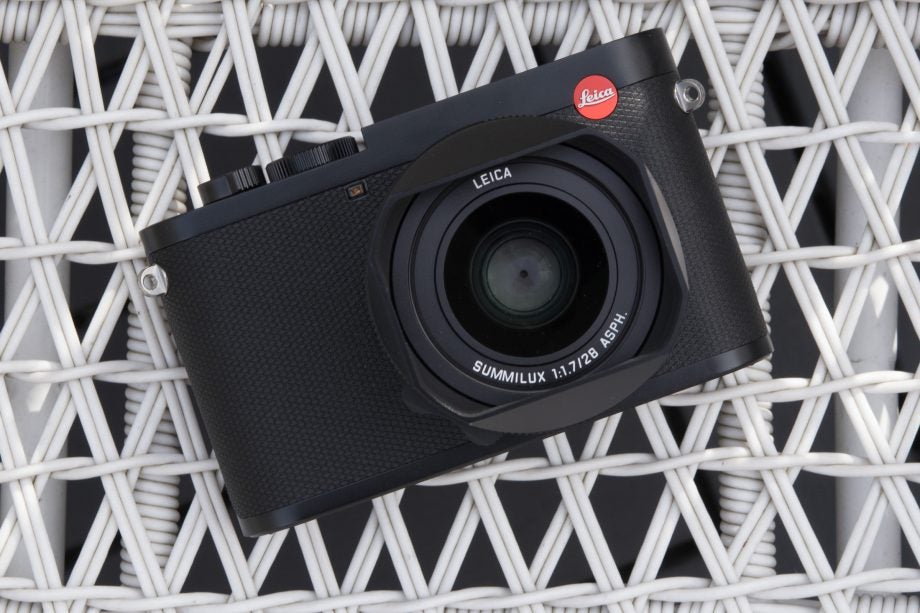
Verdict
The Q2 is a formidable camera, blessed with a bulletproof build, wonderful viewfinder and sterling image quality. Its handling won’t be for everyone, nor will the price tag or limitations of its video capture, but if you’re just focused on stills and your budget stretches to these levels, you’ll be very pleased with what you get in return.
Pros
- Gorgeous design and solid build
- Excellent electronic viewfinder
- Sharp, highly detailed images, even at f/1.7
- Very nice bokeh and out-of-focus characteristics
- Lovely colours in images
Cons
- Awkwardly placed command dial
- Slight corner softness at f/1.7
- No integrated grip can make for awkward handling
- Very expensive
- Limitations to video capture
Key Specifications
- Review Price: £4250
- 47.3-megapixel full-frame sensor
- Protection from dust and spray water
- Fixed 28mm Summilux f/1.7 ASPH lens
- Shoots at up to 10fps with mechanical shutter (or 20fps with electronic shutter)
- Records 4K video at 30fps
- Wi-Fi and Bluetooth for connecting to smartphones
What is the Leica Q2?
It’s amazing to think that Leica’s M system of iconic rangefinder cameras is still going strong after 65 years, but the German company has branched out in all kinds of other interesting directions in that time. In recent years, it’s released medium-format DSLRs and mirrorless cameras through to futuristic-looking, touchscreen-enabled models such as the Leica TL2, maintaining what its users know and love, while innovating and keeping things fresh alongside.
The Leica Q – or Leica Q (Typ 166) to give it its full name – was one of its more sober releases: a compact camera with a full-frame sensor, a lens fixed in place and the benefit of autofocus. It was updated recently with a more discreet, but largely similar, Q-P variant. However, even to this day the original model has practically zero direct competitors.
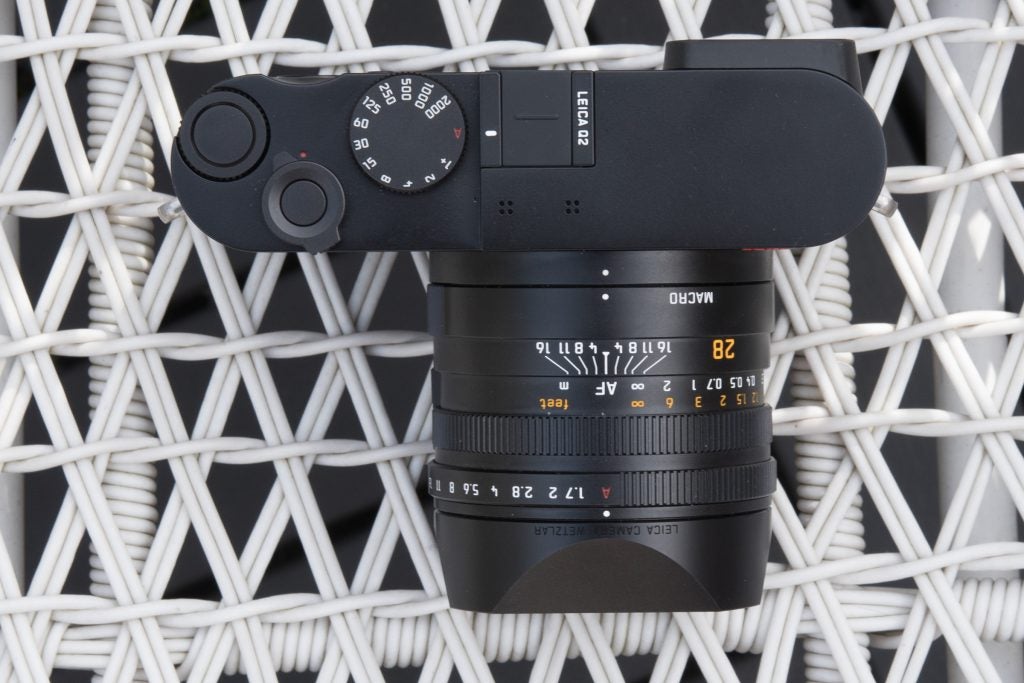
After almost four years, though, there have been enough changes to warrant a refresh. Step forward the Leica Q2.
A more straightforward name, a fresh sensor and 4K video head its list of improvements, although the basic idea remains unchanged. Like the original Q model, this is still a premium full-frame compact camera aimed at street, documentary and travel photographers; folk who demand the highest level of build and performance and are prepared to pay handsomely for the privilege.
Related: Best compact cameras
Leica Q2 – Design and features
For the most part, it’s a case of playing spot the difference between the Leica Q2 and the model it updates. From the front, it’s only the repositioning of the AF assist light and a slight redesign of the power control that split the two, although the back has a simplified button layout and a slightly less elongated eyecup, together with other minor changes.
The top plate has also lost its single/continuous shooting option and its video button. This is a decidedly minimal camera, to the extent that it even lacks USB and HDMI ports.
Leica is well known for the solidity and craftsmanship of its cameras, and the Q2 doesn’t disappoint. The camera feels as though it’s milled from a single chunk of metal, and nothing about it causes concern.
One new change is IP52 weather-resistance, something the Q lacks. While this doesn’t guarantee the camera is completely sealed against dust and water, it’s good enough to prevent any damage when used in tricky conditions.
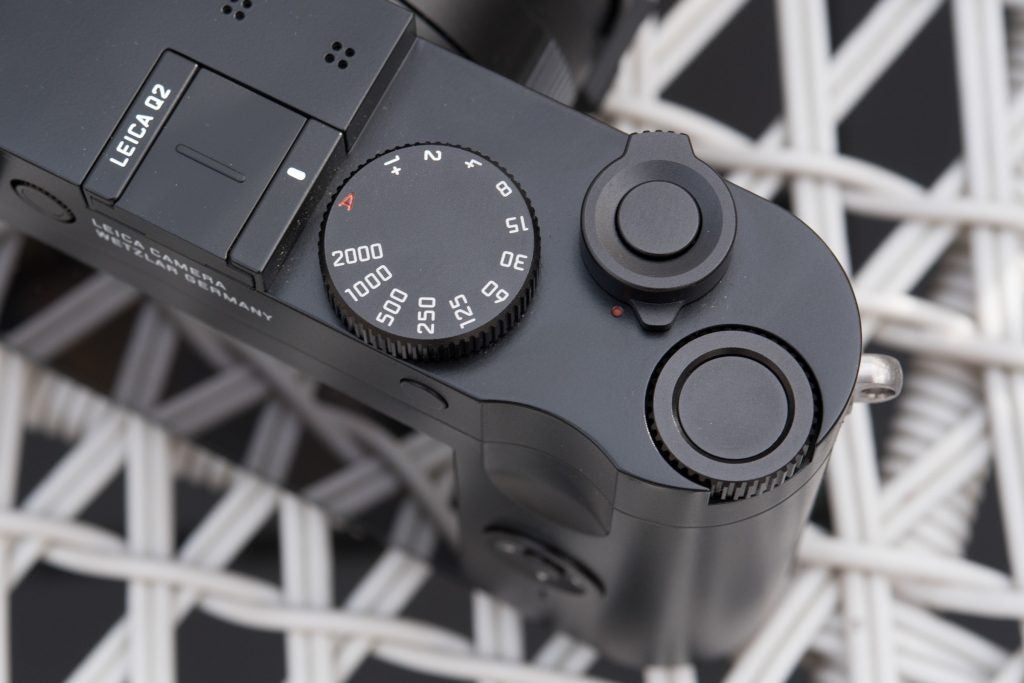
The biggest change on the inside from the original Q is the newly developed 47.3-megapixel (effective) sensor – quite a step up from the 24-megapixel sensor that sits inside the Q.
This works with a revised version of Leica’s Maestro processing engine, and the two capture Raw and JPEG images, with Raw files in the widely supported DNG format. 4K video wasn’t something the previous Q could manage, but here it’s present in both DCI and UHD flavours, with DCI 4K capped at 24p and UHD 4K stretching to 30p. And if you’re happy with Full HD, you can reach a lofty 120fps.
In front of the sensor is a Summilux 28mm f/1.7 ASPH lens. This is a fixed-focal length lens rather than a zoom, although pressing a small unmarked button on the back of the camera jumps to 35mm, 50mm and 75mm focal-length equivalents, and this outputs images at 30 megapixels, 14.7 megapixels and 7 megapixels respectively.
We’ve seen this kind of setup before, but the advantage of using such a high-resolution sensor means you still get a decent size of image, whichever option you’ve chosen.
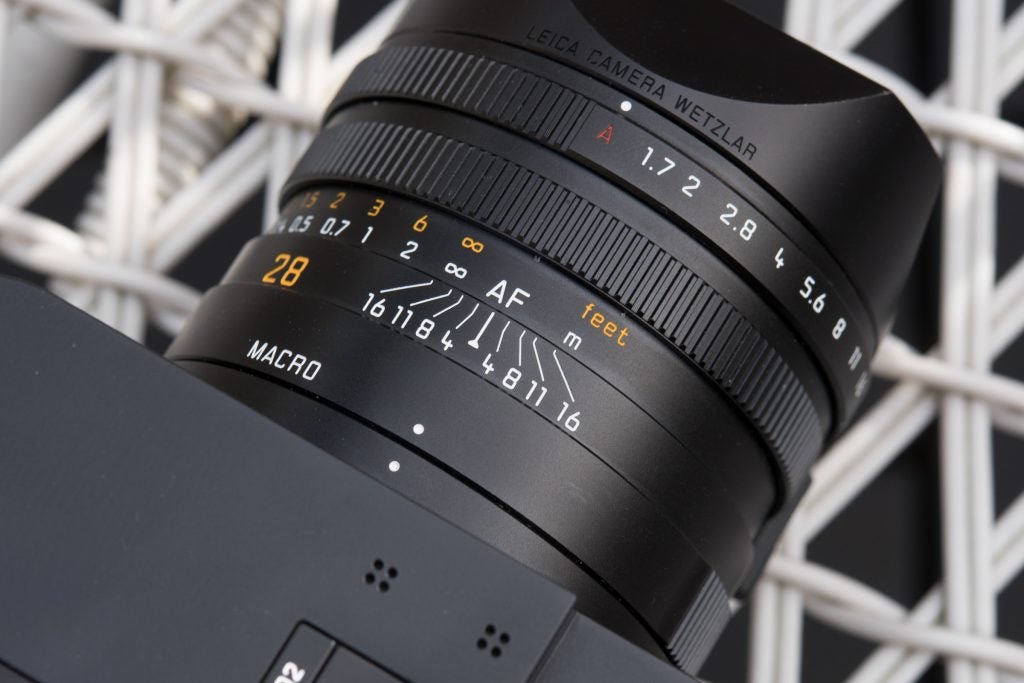
Other key features include 10fps burst shooting, which you can ramp up to 20fps if you’re happy with an electronic shutter, together with an interval timer, face detection and optical image stabilisation.
Battery life is rated at 370 shots, which is about average for a camera such as this. Plus, everything you capture is whisked away to either SDHC or SDXC cards, with support for UHS-II types provided.
Related: Best camera
Leica Q2 – Screen and viewfinder
The Q2 mirrors the Q in offering a 3-inch touchscreen LCD with 1.04million dots and a 3.68m-dot electronic viewfinder, although there are differences.
The viewfinder is newly developed and now makes use of an OLED panel, rather than the LCoS-type panel used before. The viewfinder’s magnification wasn’t confirmed at the time of writing, but you can see it’s clearly high.
Combined with the brightness of the panel it makes an immediate impression in good light, and does remarkably well to give a dynamic preview when shooting in low light.
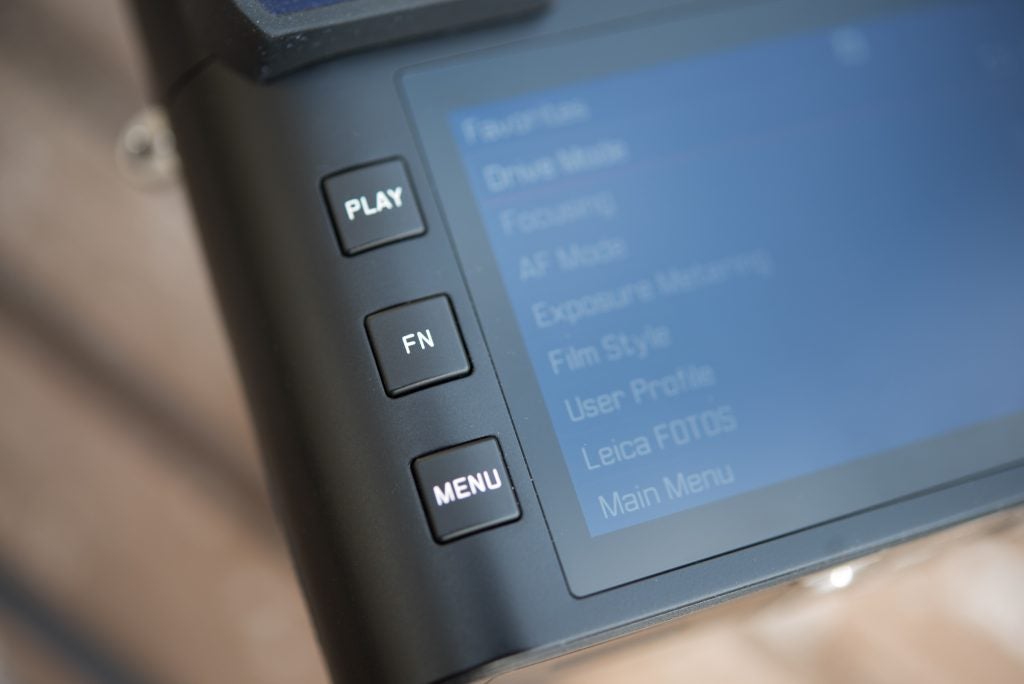
Leica prefers to keep things simple with the LCD, shunning the fancy tilting or vari-angle delights of many other cameras. The screen is fixed in place, which keeps overall build quality high. While it doesn’t appear to be too competitive on paper, it performs well in use, and presents both the menu system and images with great clarity.
It also benefits from touch sensitivity for setting the focus point, swiping through images and so on. This works well enough, particularly when dragging magnified images to check for detail and focus, although the four-way controller is arguably more convenient for most tasks.
One slight sore point is that images can sometimes take a moment to fully render as you zoom into them, which is a bit of a pain when you’re trying to check focus.
Leica Q2 – Performance
In general, the Leica Q2 is a fast mover when it comes to navigating menus and choosing settings. The menus themselves are nice and clear, with no delay as you move through long lists of items.
You can also assign a key option of your choice to the Fn button, and ten options in total appear in a list if you hold this button down. This makes good use of space, although it’s obviously less convenient than many direct controls that require only a single press.
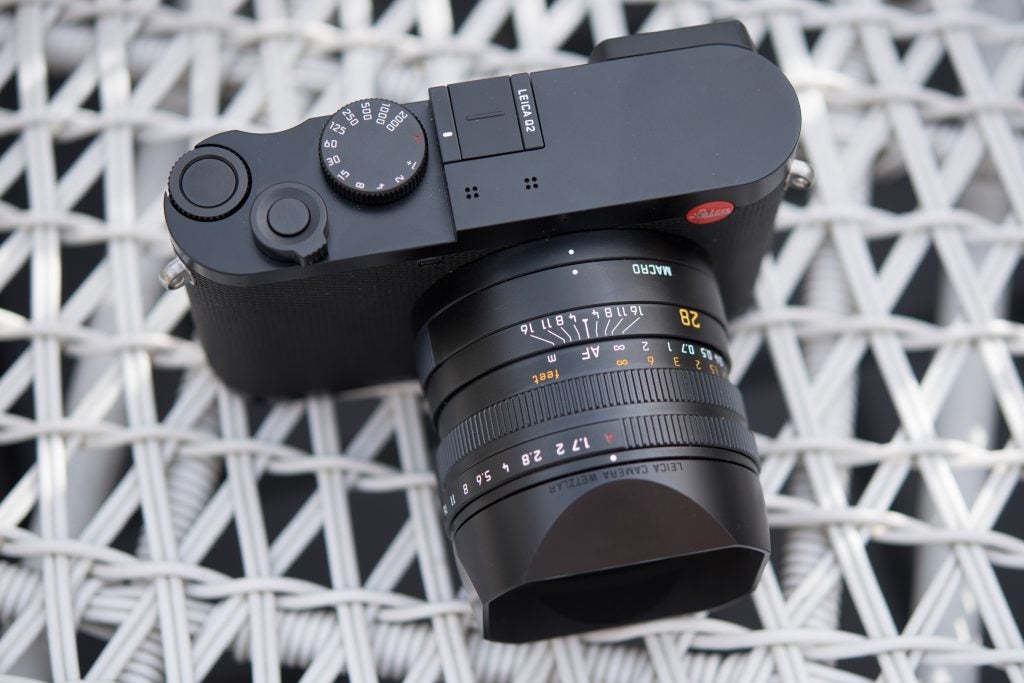
The focusing system is reasonably comprehensive in what it offers, with continuous focus, tracking, manual focus and focus peaking on hand.
Autofocus on the whole is nice and speedy – not quite as immediate as it can be elsewhere, but still fast enough for you to capture fleeting subjects. It also works promptly in low light, even if you do need to disable the AF assist lamp. The only time during this test where it really struggled was when trying to shoot a small neon sign among darker surroundings – which, in fairness, isn’t something you’ll do every day.
Set the camera to focus continuously when tracking a subject and, most of the time, it does remarkably well to stick with it. The lens shifts quite rapidly back and forth as this happens, although the camera does occasionally become distracted and shoots the focusing point elsewhere. But when it does stick with the subject, it does it well.
When you manually focus the lens, the EVF and LCD jump to a magnified preview and the peaking highlights are clear to see. The focusing ring also has a good level of resistance, all of which make critical focusing a cinch.
Leica Q2 – Image quality and video
The jump in pixels from the original Leica Q is significant, and, together with the sharpness of the lens and the strength of the processor, ensures the Q2 resolves excellent levels of details in images.
Sharpness is already great in the centre of the frame when shooting at f/1.7, but corners are a little softer by comparison. This improves as you close down the aperture and by f/4 consistency is great from centre to corners.
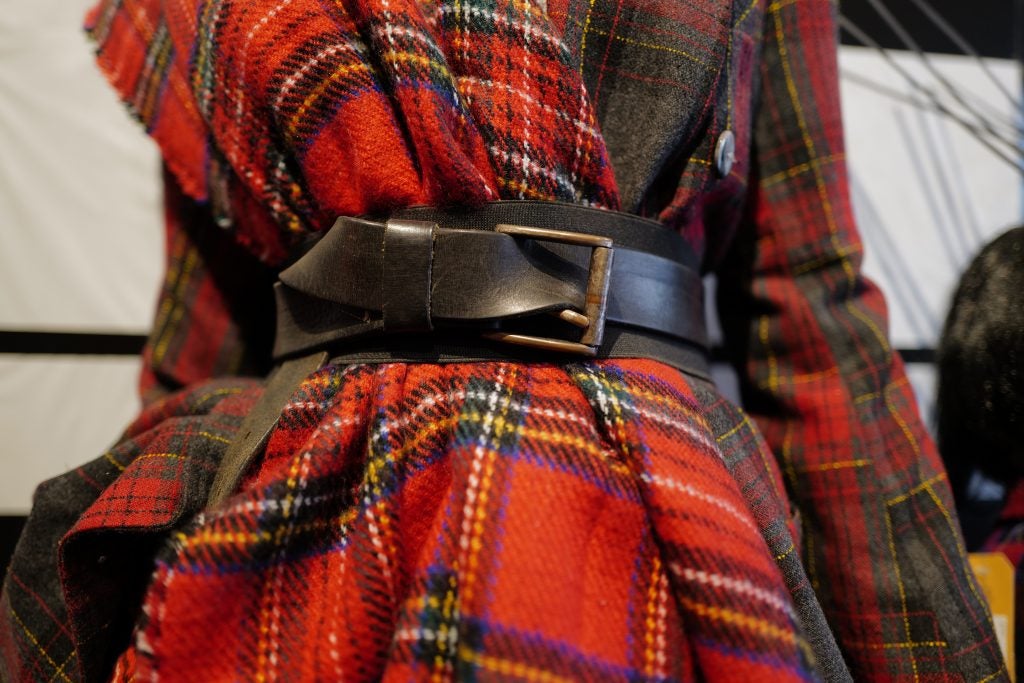
The advantage of a wide focal length and wide aperture mean you don’t always need to rely on high ISO settings in sub-standard light. This image was captured indoors at ISO 250.
Colours are punchy on default settings, and remain accurate. The white balance system also does well in both natural and artificial light, and handles combinations of different artificial sources without any bother.
The camera’s metering system doesn’t appear to take the focusing point too much into account when judging exposure, so exposures are relatively predictable too. Dynamic range appears to be excellent at the lower ISO settings, and you can pull back lots of detail from shadows in Raw files as well.
This is important, since that wide aperture means you can often get away with using ISO 100 and still get images in darker conditions.

Noise is present in this image captured at ISO 2500, but it’s faint and a very good level of details remains.
As you might expect, trying to pull back details from shadow areas becomes more difficult at high ISOs, but there doesn’t appear to be any banding here, which is great.
Details are still strong as you climb the ISO scale, and colours remain vibrant. It’s easy to see the effects of noise reduction in large, flat areas, but plenty of detail remains elsewhere in the frame.

Sharpness in the centre of the frame is great at f/1.7. Such an image also hides the slight softness in corners at this aperture, although consistency across the frame improves at smaller apertures.
Out-of-focus areas have a lovely character to them, and bokeh appears smooth and natural, and (largely) free of longitudinal chromatic aberration.
By f/2.5 or so you start to see the shape of the diaphragm in images, but only at 100%. Some very slight cat’s eye bokeh can be seen towards the edges of the frame. Again, though, this is only something you’ll tend to see when you zoom into images rather than at normal viewing and print sizes.

A profile built into Raw files automatically corrects distortion from the lens. And as you can see, it’s done very well here.
Opening up Raw files shows that the lens has some strong curvilinear distortion, although you won’t spot this in Raw files if you open them up in Adobe Camera Raw or Lightroom, as a profile embedded into the files banishes this and chromatic aberration straight away.

The focal length and wide aperture make the Q2 a great camera for documenting events in all kinds of light. That wide aperture also allows for shallow depth-of-field control.
Videos are nicely detailed when captured in the maximum 4K resolution and rolling shutter is also well controlled. That said, you can see some artefacts in some areas, and there doesn’t appear to be any way to lock the shutter speed where you set it on the shutter speed dial. The latter is obviously an issue if you want to use video more seriously.
Why buy the Leica Q2?
Much like the company’s rangefinders, the Leica Q2 is a great option if you need something small, sturdy and discreet for street and documentary photography.
Its electronic viewfinder also means it’s suitable for use in challenging light, while the wide lens and high-resolution sensor mean it wouldn’t be out of place capturing a landscape either.
Leica Q2 – The rivals
Sony RX1R II
The Sony RX1R II may be three-and-a-half-year-old now, but its specs aren’t that far behind the Q2’s. It inherits its 42.4-megapixel full-frame sensor from the Sony A7R II mirrorless camera and packs a slightly longer (and not quite as bright) 35mm f/2 ZEISS-branded optic, while video recording is capped at Full HD.
It matches the Q2 in offering an electronic viewfinder, albeit with a slightly lower 2.4m-dots, but its 3in LCD screen has the advantage of being not only slightly higher in resolution at 1.2m-dots but also tiltable. Sadly, the display isn’t touch-sensitive.
Fujifilm X100F
It might not pack a full-frame sensor like the Q2, but the X100F still has the same kind of demographic in mind. Based around a 24-megapixel APS-C sensor and a lens equivalent to 35mm f/2 in 35mm terms, this premium compact goes on to offer a hybrid optical/electronic viewfinder with a 2.36m-dot panel, a 3in, 1.04m-dot LCD, and physical dials for aperture and shutter speed. There’s no 4K video, though, and burst shooting is capped at 8fps.
Verdict
The Q2 is a formidable camera, blessed with a bulletproof build, wonderful viewfinder and sterling image quality. Its handling won’t be for everyone, nor will the price tag or limitations of its video capture. However, if you’re just focused on stills and your budget stretches to these levels, you’ll be very pleased with what you get in return.
Trusted Score
Features
| Camera type | Digital Compact |
| Megapixels (Megapixel) | 47.3MP |
| Image Sensor | 47.3MP full-frame CMOS sensor |
| Optical focal length | 28mm |
| Auto focus | 49 points |
| LCD Monitor | 3-inch touchscreen LCD, 1.04-million dots |
Physical Specifications
| Dimensions Width (Millimeter) | 130 |
| Depth (Millimeter) | 91.9 |
| Length (Millimeter) | 80 |
| Weight (body only) (Kilogram) | 718g |

